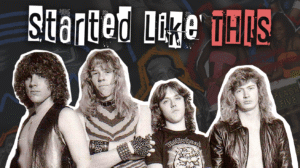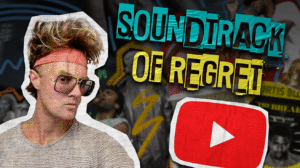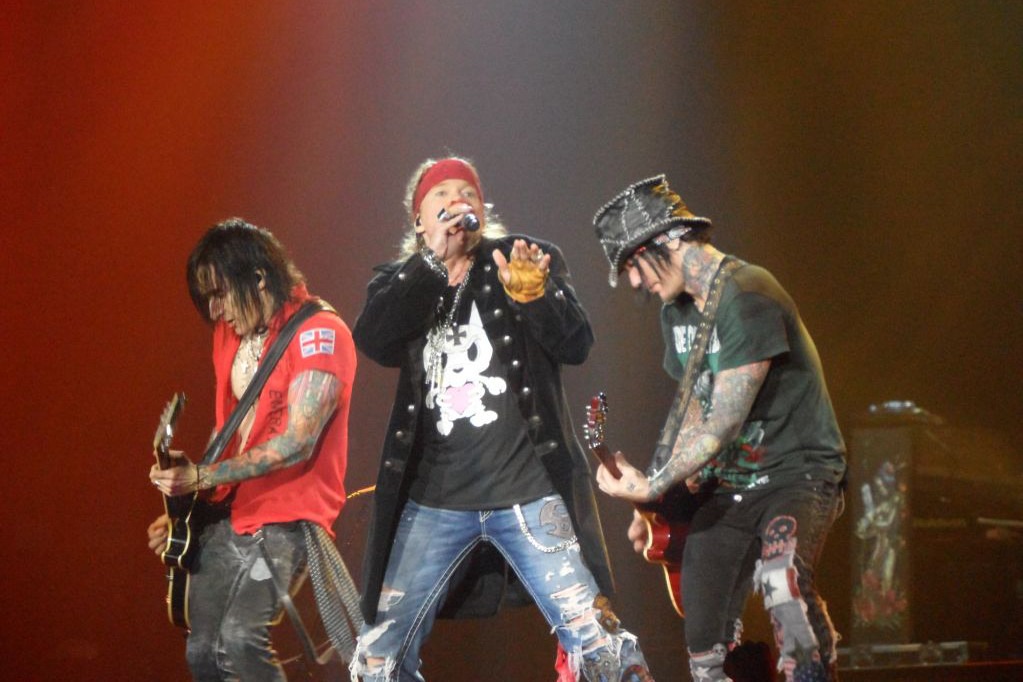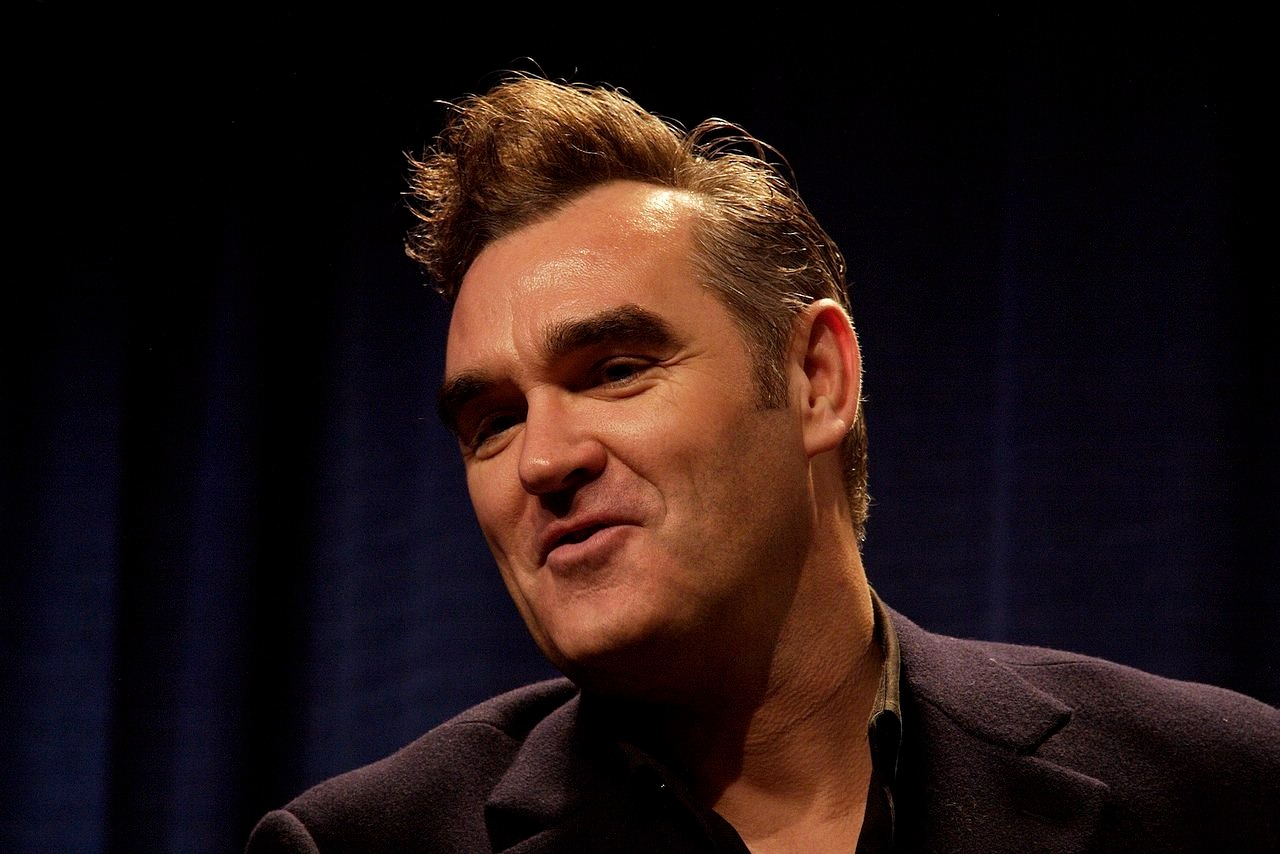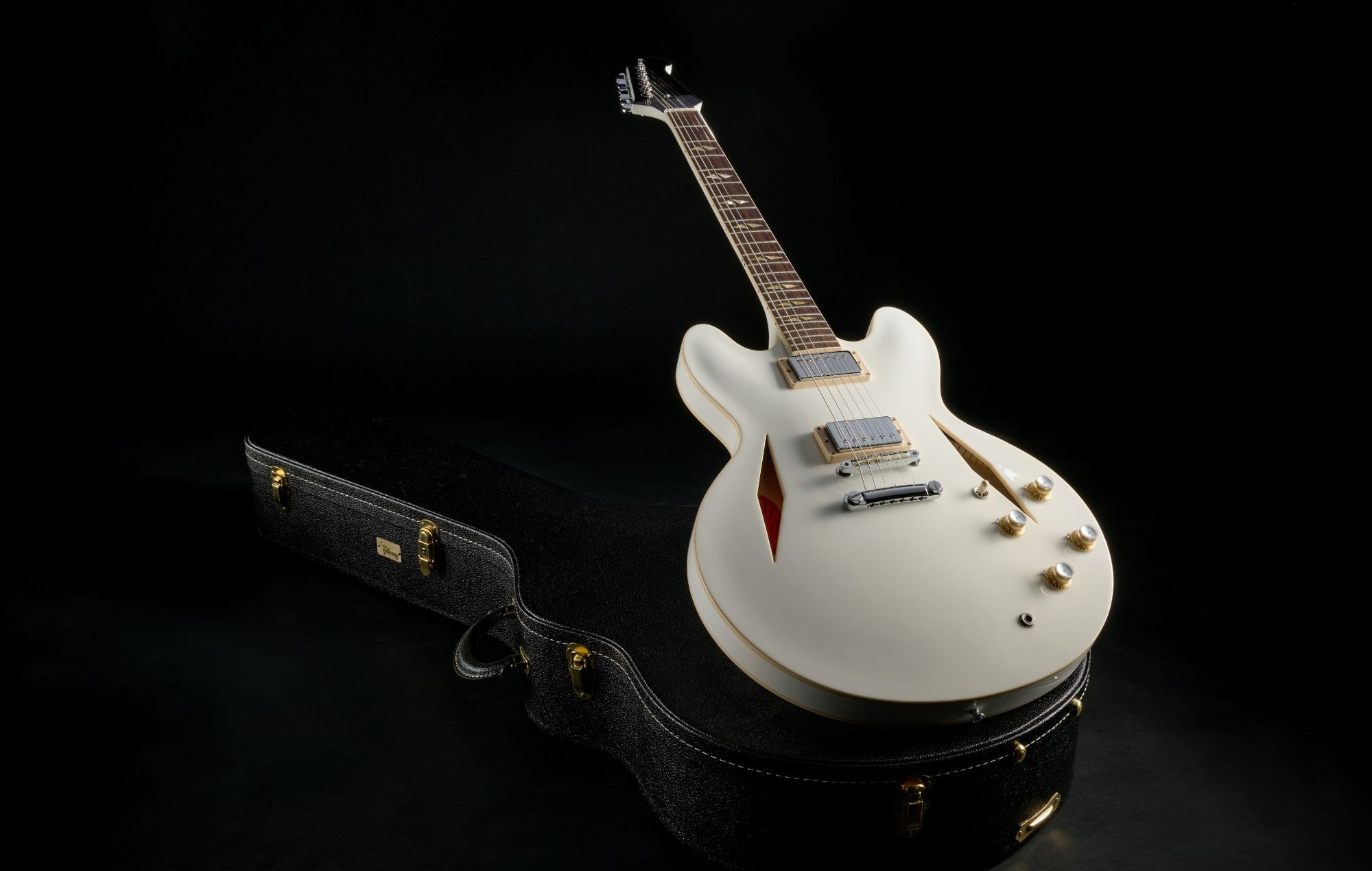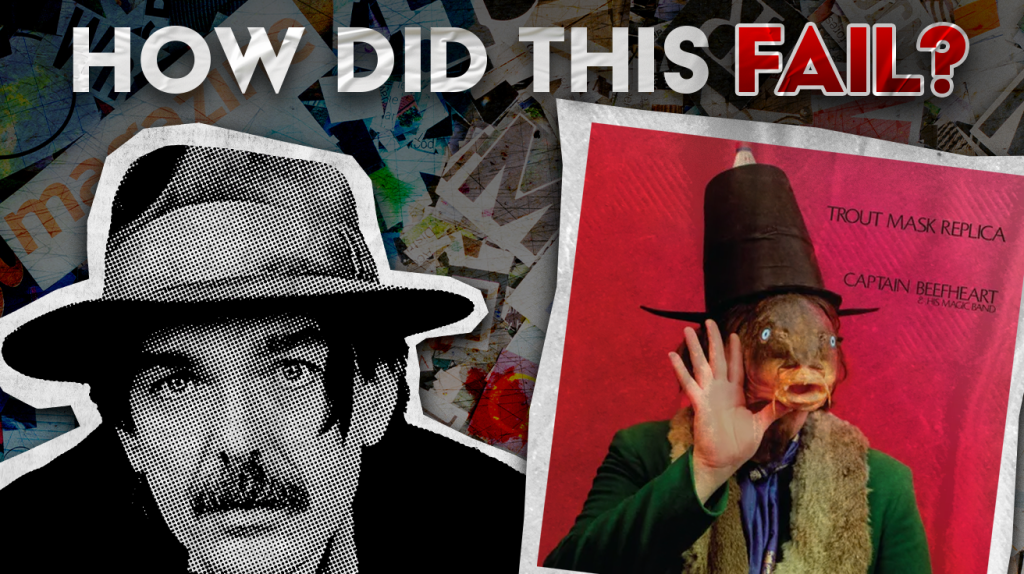
Music history loves its obvious heroes—Sgt. Pepper’s, Dark Side of the Moon, whatever Bono’s shouting about this week. But the albums that actually rewired rock’s DNA? They’re gathering dust in the discount bins, dismissed as commercial failures or critical footnotes. These ten records didn’t just influence music; they practically invented entire genres while nobody was paying attention. Time to give credit where it’s due.
10. MC5 – “Kick Out the Jams” (1969)

Detroit’s revolutionary garage punk manifesto that made the Sex Pistols look like choir boys.
Recorded live at Detroit’s Grande Ballroom, this album captured untamed energy and radical left-wing politics, prefiguring punk before it had a name. Its rawness and explicit content led to controversy and eventual censorship, but it cemented MC5 as progenitors of punk, garage rock, and grunge.
The phrase “Kick out the jams, motherf***ers!” became a rallying cry for liberation and revolt against musical complacency. The title track’s profanity sparked a media and retail backlash that ended the band’s contract with Elektra Records. Today, “Kick Out the Jams” is widely regarded as a foundational influence on punk, hard rock, and subsequent alternative genres.
9. The Shaggs – “Philosophy of the World” (1969)

Three sisters from New Hampshire accidentally created the template for lo-fi indie rock.
Frank Zappa called it better than the Beatles. Kurt Cobain listed it among his favorites. The Wiggin sisters had zero musical training when their father forced them to record this bewildering masterpiece. What sounds like musical chaos actually pioneered the aesthetic of intentional amateurism that would define indie rock decades later.
The album’s off-kilter rhythms and unconventional song structures influenced everyone from Sonic Youth to Daniel Johnston. Its DIY ethos became gospel for the entire underground music scene of the 1980s and beyond.
8. Big Star – “#1 Record” (1972)

Power pop perfection that nobody bought but everyone eventually copied.
Distribution disasters meant this Memphis quartet’s debut barely reached record stores, but its influence spread like wildfire through the underground. Alex Chilton’s melodic genius and Chris Bell’s guitar work created the blueprint for alternative rock’s emotional intensity wrapped in irresistible hooks.
R.E.M., The Replacements, and countless indie bands built their careers on Big Star’s foundation. The album’s jangly guitars and bittersweet melodies became the sound of college radio and alternative rock’s golden age.
7. Can – “Tago Mago” (1971)

German experimentalists who invented post-rock, ambient techno, and probably your favorite band’s sound.
This double album of hypnotic grooves and electronic manipulation created the template for everything from Radiohead to Aphex Twin. Can’s use of tape loops, found sounds, and endless rhythmic cycles influenced krautrock, post-punk, and electronic music simultaneously.
The 18-minute “Halleluhwah” alone spawned entire subgenres. When bands today talk about “experimental” music, they’re usually just catching up to what Can figured out in 1971.
6. The Stooges – “Fun House” (1970)

Proto-punk savagery that made rock dangerous again.
While everyone was getting cosmic, Iggy Pop and company were getting primal. “Fun House” stripped rock down to its violent essence, trading hippie idealism for raw sexual energy and nihilistic rage. The album’s saxophone squalls and pounding rhythms influenced punk, grunge, and any band that ever wanted to sound genuinely threatening.
This wasn’t just rebellion—it was musical terrorism that cleared the path for everything from Black Flag to Queens of the Stone Age.
5. Silver Apples – “Silver Apples” (1968)

Two guys, one drum kit, and homemade electronics who accidentally invented electronica.
Simeon’s primitive synthesizers and Danny Taylor’s relentless drums created a sound so futuristic that it took decades for technology to catch up. This album predicted ambient techno, krautrock, and electronic music’s entire trajectory using equipment built from telephone parts and radio components.
Stereolab, Broadcast, and countless electronic artists owe their careers to Silver Apples’ pioneering use of loops, oscillators, and rhythmic repetition.
4. The Velvet Underground & Nico – “The Velvet Underground & Nico” (1967)

Andy Warhol’s house band created alternative rock in someone’s basement.
The famous Brian Eno quote says it all: this album only sold 30,000 copies, but everyone who bought one started a band. Lou Reed’s downtown narratives, John Cale’s viola drones, and Nico’s icy vocals created the template for art rock, goth, and indie music.
From David Bowie to Sonic Youth, every alternative artist traces their lineage back to this banana-covered masterpiece that made rock intellectual without losing its edge.
3. Arthur Lee & Love – “Forever Changes” (1967)

Psychedelic perfection that captured the summer of love’s darker underbelly.
While San Francisco was preaching peace and love, Arthur Lee was documenting paranoia and racial tension with orchestral arrangements that sounded like the Beatles’ nightmares. This album’s sophisticated songwriting and apocalyptic lyrics influenced everyone from Neil Young to Fleet Foxes.
“Forever Changes” proved psychedelic music could be beautiful and terrifying simultaneously, creating the template for alternative rock’s emotional complexity.
2. Neu! – “Neu!” (1972)

German minimalists who taught rock how to groove infinitely.
Klaus Dinger’s “motorik” drumbeat became the foundation for post-punk, electronic music, and shoegaze. This album’s hypnotic rhythms and textural experiments influenced everyone from Joy Division to Stereolab, proving that sometimes the most radical thing you can do is play the same beat for twenty minutes.
Kraftwerk gets the credit, but Neu! invented the mechanical pulse that drives modern electronic music.
1. Captain Beefheart – “Trout Mask Replica” (1969)

Frank Zappa produced this avant-garde masterpiece that sounds like free jazz wrestling with Delta blues.
Don Van Vliet’s impossible vocal acrobatics and his Magic Band’s angular rhythms created something that still sounds alien fifty years later. This double album influenced everyone from Tom Waits to Sonic Youth, proving that rock could be completely abstract without losing its visceral power.
The fact that anyone can listen to “Trout Mask Replica” straight through qualifies them for some kind of endurance medal, but its influence on experimental rock is undeniable.





